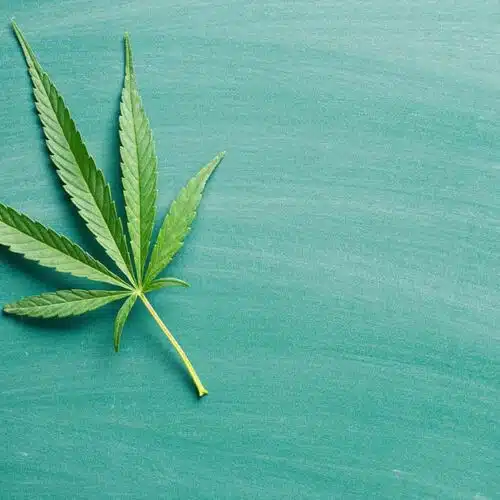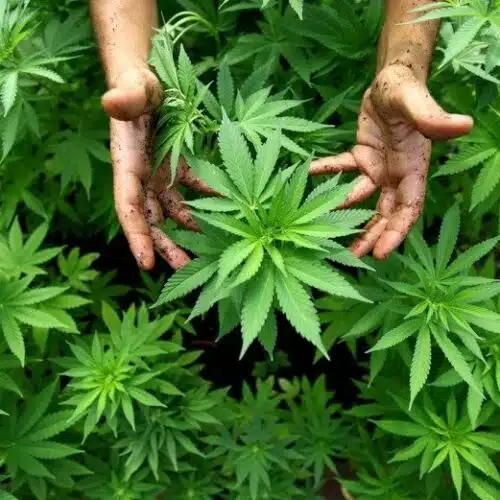On February 4th 2018, the Philadelphia Eagles won their first Super Bowl against the New England Patriots by a score of 41-33. The game, surrounding festivities, and exhilarating halftime show kept millions glued to their screens for hours. In the second quarter of the game, there was a play that many may have already forgotten. The play highlights an ongoing concern about player safety and the physical nature of the sport.
The Reality of Concussions in the NFL
In the second quarter of Super Bowl LII, Patriots wide receiver Brandin Cooks caught a 23-yard pass and maneuvered to avoid oncoming defenders. As he turned, Eagles safety Malcolm Jenkins approached from behind and delivered a devastating helmet to helmet collision. Cooks laid motionless on the ground for at least thirty seconds as players from both teams called for the training staff to come to his aid. Cooks left the game with a concussion and would not return to the game. Cooks concussion was almost instantly recognizable for football fans who witnessed a combined 281 concussions in the preseason and regular season combined (excluding playoffs). This total is the highest in the NFL over the past five years, partially due to the new NFL concussion protocol and commitment to protecting the health of their players.
Field of Vision – Concussion Protocol from Field of Vision on Vimeo.
Head trauma suffered by football players has been a major topic of discussion recently. A study published by medical journal JAMA showed that 99% of former NFL players brains donated to scientific research had signs of Chronic Traumatic Encephalopathy, or CTE. This degenerative neurological disease leads to depression and aggression among other more egregious symptoms.
Statistics regarding head trauma in the NFL are frightening and league officials are paying much more attention to the issue. The league is fully committed to searching for a solution to its concussion crisis, or at least some way to mitigate damaging head trauma in the NFL.
Is Cannabis Concussion Treatment A Viable Option
Cannabis has known anti-inflammatory and neuroprotective properties. A study conducted on mice who had suffered strokes showed that CBD protected the brain from any further damage after the stroke occurred. Though the brain damage after a stroke is much different than damage after a concussion, the study provides a scientific benchmark for possible use of cannabis for neuroprotection. Due in large part to the current Schedule 1 federal classification of cannabis, studies examining the efficacy of cannabis as a neuroprotective medicine are rare.
Last summer, the NFL announced an offer to the NFL Players Association to work together and study the use of cannabis as a tool for pain management.
While the neurodegenerative dangers posed in the NFL are horrific, the prevalence of dangerous and often deadly opioids to manage the routine aches and pains is terrifying. Players are prescribed opioids by team doctors and many eventually spiral into addiction.
The NFL and NFLPA will look into the use of cannabis to mitigate the reliance on opioids (where there is far more scientific literature). A cannabis concussion treatment plan could help reduce these instances of addiction and provide a healthier medical alternative for players. Without a natural and safe option like CBD to treat head trauma and pain, the NFL will continue to see an influx of early retirements and damaging billion dollar lawsuits from former players.


